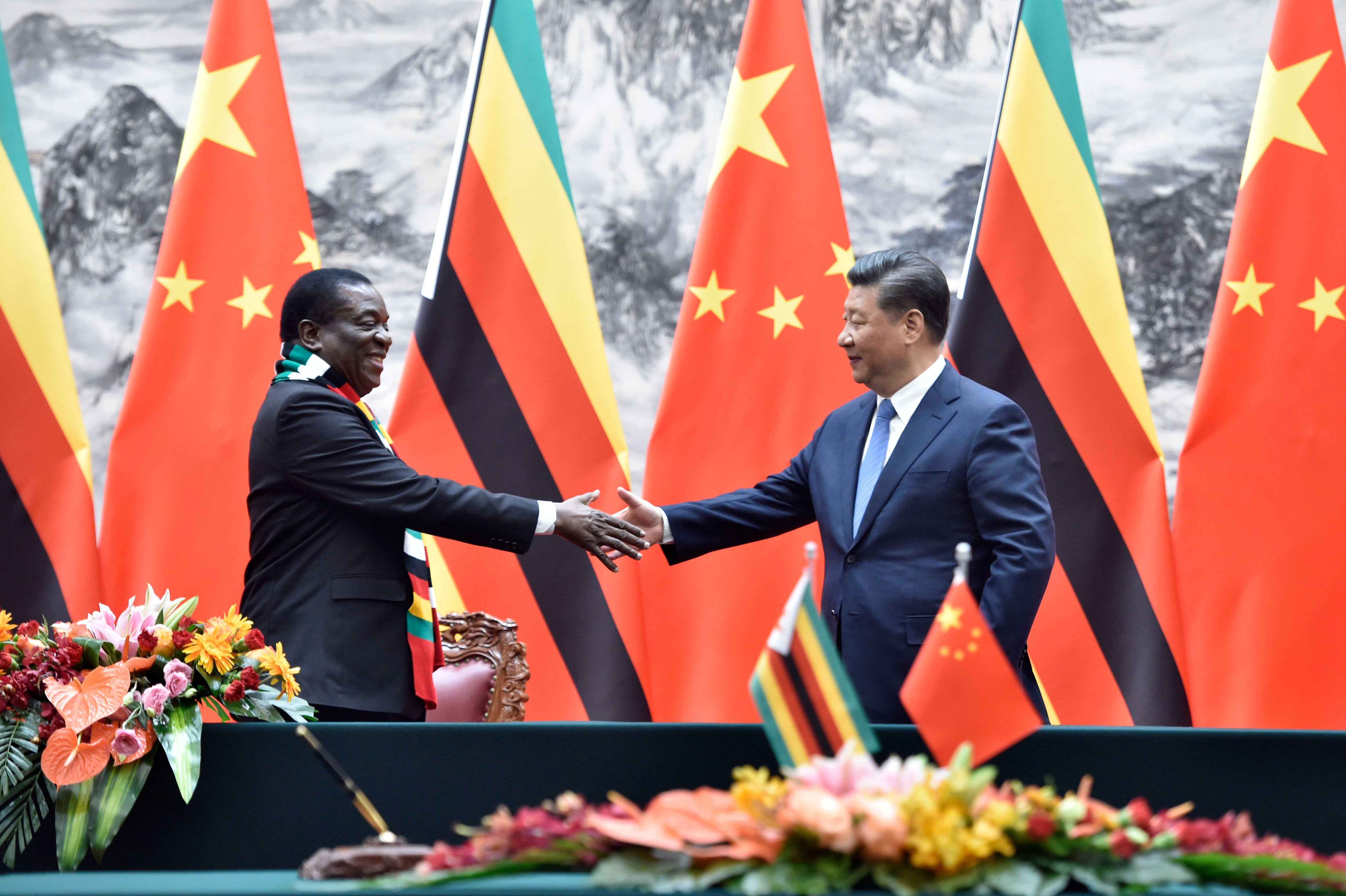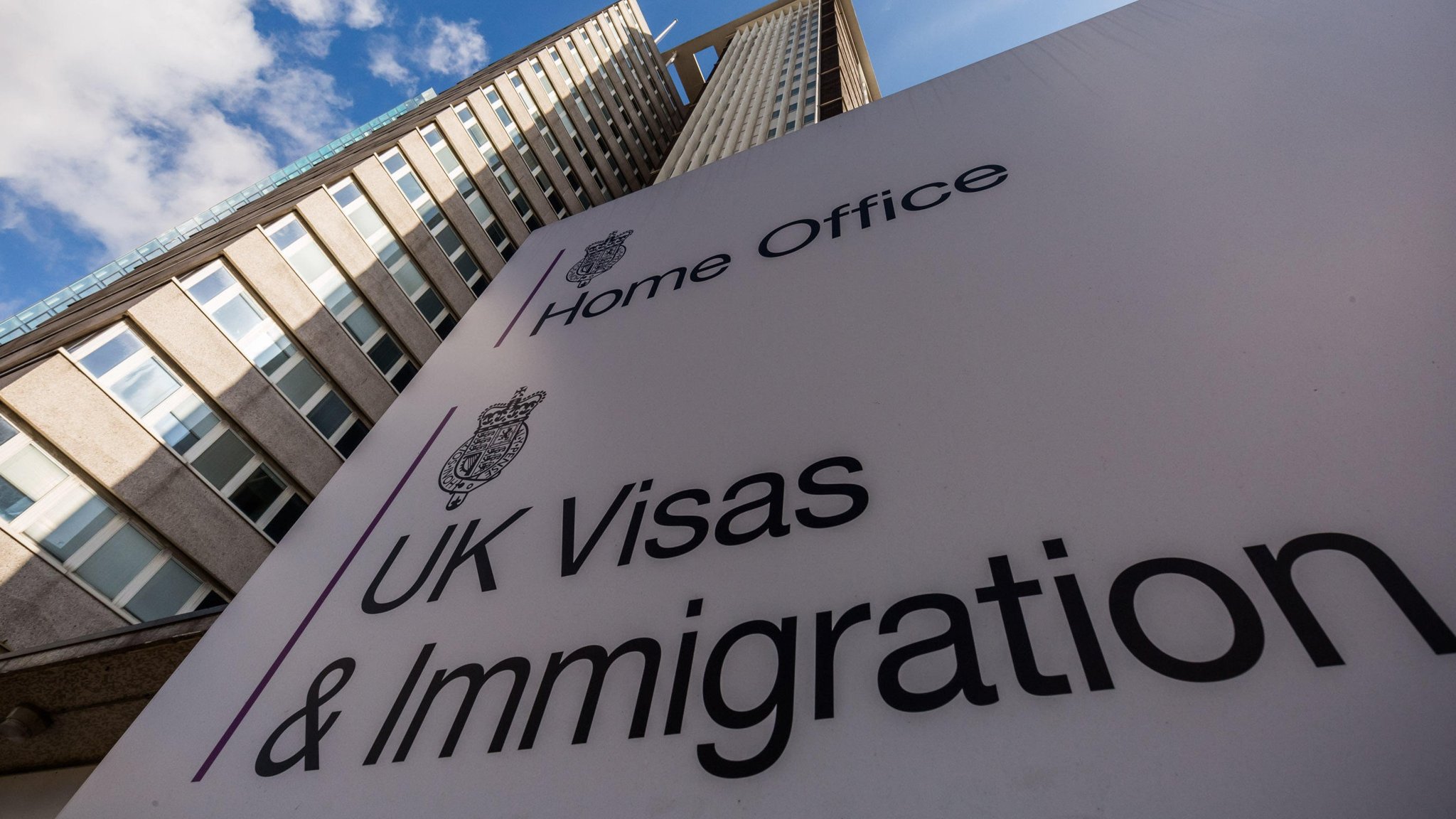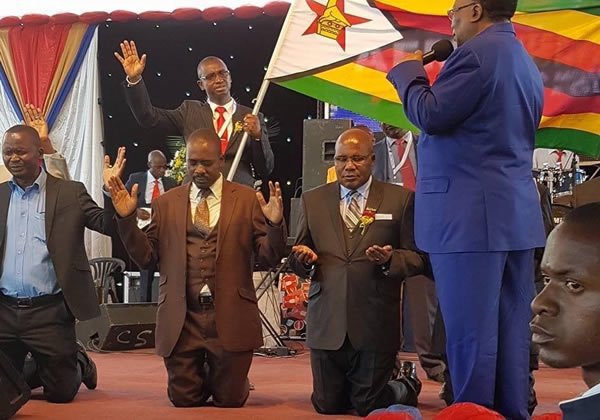“I WAS in the East End of London (a working class quarter) yesterday and attended a meeting of the unemployed. I listened to the wild speeches which were just a cry for ‘bread! bread!’ and on my way home I pondered over the scene and I became more than ever convinced of the importance of imperialism.
“My cherished idea is a solution of the social problem, i.e in order to save the 40 million inhabitants of the United Kingdom from a bloody civil war, we, colonial statesmen, must acquire new lands to settle the surplus population, to provide new markets for the goods produced in the factories and mines. The Empire, as I have always said, is a bread and butter question. If you want to avoid civil war, you must become imperialists.” (Cecil John Rhodes, 1895 as cited in Ibbo Mandaza, Race, Colour and Class in Southern Africa, 1997, Page VI).
The legacy of Rhodes
The recent furore over the statue of Cecil John Rhodes at the University of Cape Town — and the subsequent debacle over colonial monuments (and graves) in the context of the quest for (political and economic) transformation in Southern Africa — provokes both personal memories and the subject of national consciousness, not least on the occasion of Zimbabwe’s 35th anniversary of political independence.
It was in September 1973, when I first came face-to-face with the monumental origins of Rhodesian settler colonialism and, as was already evident then, the seething anger and palpable national consciousness as Zimbabwe was entering the last stage of the Second Chimurenga, just seven years before Independence.
I had just been released from political detention in Salisbury’s Central Police Station in August 1973, and my former employers (the Marist Brothers) at Kutama (where I had been forced to leave and return to the University of Rhodesia, now University of Zimbabwe, after falling foul with the Ministry of African Education due to my involvement in the campaign against the Pearce Commission in 1971) had kindly offered me another teaching post at Marist Brothers College, just outside Kwekwe (then Que Que).
My first assignment as head of the History Department was to take a group of 40 Form 2 students on a history tour that had been pre-arranged before my arrival at the school. So it was that the highlight — and, as it turned out, also the climax — of the tour would be a visit to the Matobo Hills: the site of the grave of Cecil John Rhodes and, an equally provocative indignity overlooked even to this day, the monument which houses the remains of the Allan Wilson patrol, the group of colonial soldiers killed during the First Chimurenga during the battle at the Shangani River in 1893.
The physical wounds still healing after my recent ordeal at Salisbury Central, and now this poignant reminder of the very origins of a history so bare and provocative, I was unable to contain the anger at the sight before me. I laid bare the historical context to the 40 boys most of whom looked quite lost and bemused by it all — not until I beckoned them to join in the ritual, of all 41 of us having to urinate on Rhodes’ grave.
I recall one or two of the boys complaining that they could not yet do the job: “Drink more water!”, shouted the other boys; and so they did, and fulfilled their part in the ritual. I recall, too, the futile attempts by the lone (black) security guard on the site to pre-empt the ritual: I warned him that I had no wish to return to Salisbury Central for assault charges; he had a choice, I explained; “Join us in the ritual, or turn away and look the other side.” He chose the latter.
The last time I visited the eyesore at Matobo Hills was in 2000, long after Independence, and less angry at the sight, perhaps, but thrilled at both the memories of September 1973 and the need to educate my three sons (then 12, nine and five years old respectively). For touristic reasons, their mother had insisted we visit the site since we were living in a lodge in the vicinity. So we did, much to her disappointment and anger at what the boys and I would have to do as part of a lesson in history: I asked her to look away as we washed Rhodes’ grave; and this time, this lone (black) security guard appeared to be less zealous in his duties than his predecessor in 1973, and thereby stood at a distance.
The pitfalls
So, until the dramatic happenings in which, inter alia, the students at the University of Cape Town poured human excreta on Rhodes’ statue and compelled the authorities to agree to the latter’s removal last week, the real Rhodes had almost been forgotten; and likewise perhaps, the unfinished business of dismantling the political, economic and social architecture bequeathed in Southern Africa ever since the arch-imperialist himself summarised the objectives of the colonial mission in 1895 (as illustrated in the citation at the head of this article).
The Rhodes statue, writes Adam Habib (the vice-chancellor of the University of Witwatersrand) in the last edition of the Sunday Times of South Africa, “was simply a trigger point for a broader unhappiness”, at “the failure of transformation”, 20 years after “our democracy”.
It is a theme that resonates across the sub-region, and not least in Zimbabwe, 35 years after “our Independence”; a point rendered historically and politically poignant by the curious coincidence between the removal of Rhodes statue at the University of Cape Town and President Robert Mugabe’s state visit to South Africa last week. Clearly, the old man — and most of us — had forgotten all about Rhodes, including his remains in our soil.
“I don’t know what you think we should do. Dig him up? I say leave him down there, that’s history,” said Mugabe, in an apparent jovial mood, even though any Zimbabwean so conscious of this historical conjuncture could fail to detect, in the old man’s words and his manner on the occasion, a mixture of uncomfortable (historical and political) amnesia and feelings of failure, 35 years into our Independence. Or, has (political) independence itself so sufficiently inhered what Frantz Fanon aptly described as the Pitfalls of National Consciousness, when the pain and anger has so unnecessarily subsided under a cloud of convenient and expedient (class) amnesia.
We have even forgotten as Zimbabweans that we, too, removed Rhodes’ statue, which stood imperious in the island separating the High Court and Milton Buildings, along Jameson Avenue (now Samora Machel Avenue). I will never forget the occasion which had been designed as one bereft of any ceremony, intended almost as some surreptitious act on the part of the new administration: the public would wake up the next morning and find Rhodes was no more!
But such was the enormity of the task to remove a monument so embedded in the fabric of colonial Rhodesia, that it attracted hundreds of citizens who thronged the site, bringing traffic to a standstill, provoking a near riot as fascination turned to anger as people jostled and shoved to get the opportunity to put a boot into the fallen statue, spit on and shout obscenities at it, almost as if the metal figure was some animate being, before it was hurriedly removed and taken to I don’t know nor care where.
That was in July 1980, a few days before the state visit by president Samora Machel of Mozambique; and therefore, the removal of his statue was a condition precedent, as it were, for the subsequent renaming of Jameson Avenue as Samora Machel Avenue.
Subsequently, there began the process of removing colonial labels and monuments: and so, for example, Milton Buildings gave in to Munhumutapa, Kingsway Street to Julius Nyerere, Railway Avenue to Kenneth Kaunda, etc.
The challenges
With the passage of time, the (historical and political) amnesia associated with post-Independence and the pitfalls of national consciousness set in almost inevitably; pari passu the usual economic setbacks and, perhaps therefore, also the failure on the part of the political leadership in particular, to realise the necessary relationship between the exorcisation of colonial monuments and nomenclature, on the one hand, and on the other, the exercise of reconfiguring and reconstructing a nation out of a country so checkered by both the precolonial primordial settings and the ravages of a rapacious colonialism.
So, 35 years after Independence, even the process of renaming streets and public facilities and buildings has been at best piecemeal and incomplete and, at worst, sometimes embarrassing. Take, for example, the tree — which was left to rot and fall on its own three years ago — on the island along Tongogara Avenue (formerly North Avenue): according to some of our own historians and their gullible politicians, this is the tree from which Mbuya Nehanda was hanged in 1897, and hence the need to safeguard it as a national monument.
The reality is that this is the tree on which Rhodes tethered his horse whenever he visited the original Royal Salisbury Club (now Royal Harare) — hence the colonialists had safeguarded it as part of their “national heritage”. Surely, why would colonialists protect and safeguard a tree from which some “native rebel” had been hanged? Mbuya Nehanda was hanged at the Salisbury Prison, then at the corner of Jameson (Samora Machel) Avenue and Moffat (Leopold Takawira) Street.
But most illustrative of such pitfalls of national consciousness is the extent to which the political leadership has retained the very nomenclature that both reflect the colonial conception of Zimbabwean society and undermine the nation-in-the-making enterprise. For example, what is Matabele and Matabeleland or Mashona and Mashonaland or Manicaland?
More significant for our purposes, however, is the political import of the terms “Matabeleland” and “Mashonaland”, in both their colonial origins as describing people perceived to be distinct from, and in conflict with, each other; and, likewise, in the post-colonial setting, in which that perception was graphically magnified during the Gukurahundi episode in the early years of post-Independence, even though the precursor to all this was the Zapu-Zanu split of 1963 and the perception (largely false since Zapu was essentially national in its sway until that time) that this was a “Ndebele-Shona” conflict. No doubt, the Ndebele identity — and even Ndebele nationalism — has been enhanced beyond historical realities, to the detriment of the nation-state-in-the-making enterprise.
So, while colonialism was itself a source of new and imagined identities, “communities” and even “tribes”, the struggle for independence, and post-Independence itself, has tended to reinforce these identities, while creating new ones, however in advertently, largely through the manner in which colonial nomenclature has been retained and made to coincide with perceived ethnic/provincial identities: Ndebele in Matabeleland, Karanga in Masvingo, Manyika in Manicaland, etc.
Thanks to the enlightened political leaderships of Nyerere and Kaunda, it was their duty and responsibility to begin the arduous task of reconfiguring and reconstructing the nation-state-in-the-making enterprise — by using the compass to designate and name the provinces of their countries. So, not surprisingly, only very few Zambians will recall that there was ever a province known as Barotseland, which is now part of Western Province.
By comparison, here in Zimbabwe, our national politics remain pervaded by tribal-type lexicon, such “imagined identities” as Zezuru, Karanga, Manyika, Ndebele or Ndau, but afforded only a hint of reality through the geography of provincial nomenclature but, more importantly, through the politics of divide and rule, and the perception that one ethnic group has overstayed its welcome in State House. As such, dialects are rendered almost synonymous with ethnicity, a purely political concept.
The way forward
Sadly, such pitfalls of national consciousness both reflect and, in turn, exacerbate the lack of capacity for political and economic transformation.
As in other post-independent nation-states-in-the-making, Zimbabwe is modelled, albeit implicitly in the acceptance of statehood through the Lancaster House constitution (and also membership thereby, of both the United Nations and OAU/AU) and on the national bourgeois democratic state, with all the related institutional arrangements that accompany such an order: the separation of powers, an accountable executive, a robust legislature, an independent judiciary and non-partisan security forces, and a truly democratic discourse throughout the polity.
As history has informed us, the principal agency in the national bourgeois democratic order is the national bourgeoisie which inherited state power from the feudal classes, defined the new territorial and even economic parameters of the nation-state-in-the-making, enhanced by the principle of state sovereignty vis-a-vis other nation-states, and promotive of the growth of nationhood, national identity and nationalism.
In the absence of a national bourgeoisie, given that settler colonialism by its very nature pre-empted the emergence of such a class among the colonised, the hope has always been that the middle classes — the nationalist petit bourgeois leadership in particular — would play this pivotal role, as an anchor around which national identity and nationalism itself would inhere and, in time, find substance in tangible economic and social transformative programmes.
After 35 years of Independence in Zimbabwe, it is evident that the nation-state-in-the-making enterprise is in crisis and, therefore, in dire need of redress — politically and economically. The former nationalist liberation movement itself, the purported anchor and driving force for the post-Independence agenda, is in tatters, a far cry from the vision and vitality it exhibited in the 1980s and even into the early 1990s.
Worst still, Zanu PF is now a house at war with itself: the majority of those who arrived home as liberators in 1980 are no longer members of Zanu PF, having either passed on naturally; retreated from an enterprise in which they found themselves marginalised and rejected, with the passage of time and as the fruits of Independence diminished; turned to the arena of opposition politics; or purged in their numbers, as the current process in both the party and state illustrates.
But even among those who remain within, held together in a purported party — now derisively described as “Mugabe PF” — so conflated with the state as to render the latter equally vulnerable to fractiousness: and decay, they, too, are afflicted by conflict and uncertainty; between the few who claim eternal entitlement on the basis of their liberation credentials, on the one hand and, on the other, the mafikizolos (Johnny-come-latelys) whose membership of the party is only contrived and even false, more to do with their position as the new bureaucratic comprador bourgeoisie, the beneficiaries of a predatory state which has become a theatre for primitive accumulation, as illustrated in the recent Salarygate scandal and rampant corruption.
Going forward, whatever the case, it is doubtful that “Mugabe PF” can constitute the platform for the regeneration of both party and state; more likely than not, it is an era that is already in its twilight. We have to hope, perhaps against hope, that this transition will not degenerate into deeper internecine conflict and blood-letting than we have already witnessed since the 2008 elections.
Mandaza is a Zimbabwean academic, author and publisher. He is currently convener of the Sapes Trust’s Policy Dialogue Forum.






